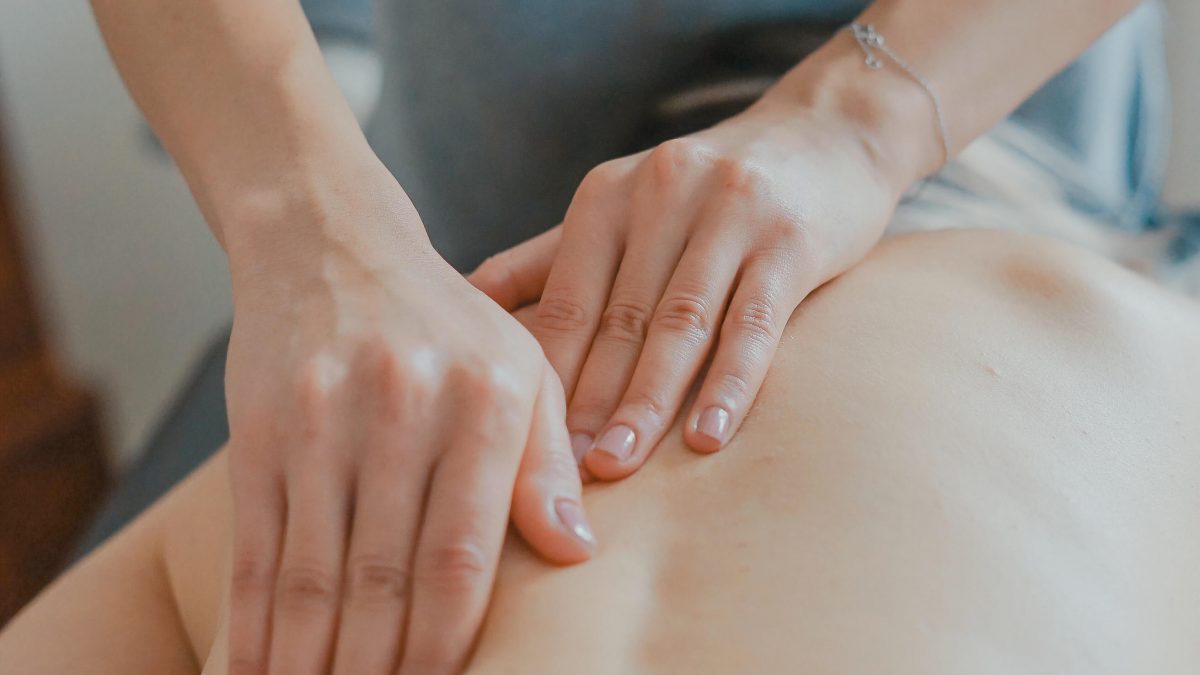“Back Facts” from our friends at Pain-Ed

Our friends at Pain-Ed recently released a one-page summary called “Back Facts”, which consists of a wonderful combination of ten “myth-busting” and reassuring points to empower people suffering from back pain with knowledge and insight on how to best manage their presentation.
Here at Programs4Pain we see the value in sharing these points with our community who are suffering from back pain. The points raised by Pain-Ed are as follows:
-
“Persistent back pain can be scary, but it’s rarely dangerous.”
It is natural to be wary and concerned about back pain, especially when it’s causing us significant disability. It is important to understand that it’s rarely life-threatening or likely to leave us wheelchair-bound.
-
“Getting older is not a cause of back pain.”
Despite the widespread beliefs of “wearing out with age”, research does not support that getting older causes or worsens back pain and that treatment provided under the current evidence base can be effective at any age.
-
“Persistent back pain is rarely associated with serious tissue damage.”
Our backs are designed to be strong, and if injured the tissues heal within 3 months. Pain persisting after this time is usually attributed to other contributing factors. Many episodes of back pain arises from no injury or from undertaking typical everyday movements. Contributing variables may include fatigue, tension, stress, periods of inactivity or new activity causing the back to be sensitive to movement and loading.
-
“Scans and other investigations rarely show the cause of back pain.”
It has been well established that scans for back pain are only helpful in a minority of people. Disc bulges, disc protrusions, degenerative arthritis etc are frequently identified on scans which sound awful and alarming. What reports neglect to mention is that these findings are very common in people who are pain-free, and they don’t correlate to how intense and disabling pain can be for each individual. Scans can change with time, and most disc protrusions will shrink in due course.
-
“Pain with exercise and movement doesn’t mean you are doing harm.”
With persistent pain, our spine and surrounding muscle groups become “guarded” – being sensitive to both touch and movement. The pain you feel from doing either daily activities or simply being at rest is a reflection of how sensitive these structures are – NOT how damaged they are. SO in fact, it is both SAFE and NORMAL to feel some degree of pain when starting to move and exercise. As you get more active this usually settles down, and we know for a fact that exercise and being mobile are some of the most effective means to address back pain.
-
“Back pain is not caused by poor posture.”
Even though these activities may be painful, how we sit, stand and bend does not cause back pain. Various postures and movements are healthy for our backs. It is safer to relax and have round postures rather than be ‘tall and tense’ when sitting, bending or lifting and has been proven to be more efficient for our bodies.
-
“Back pain is not caused by a ‘weak core’.”
Having a weak ‘core’ is not the cause of back pain, and very often people overtly tense their ‘core’ as a protective response. This is like clenching your fist after spraining your wrist. Being strong is vital, and we want all our muscles around our spine to switch, but trying too hard by being ‘tense’ isn’t helpful. Learning to relax our ‘core’ during everyday tasks is more efficient and helpful for our backs.
-
“Backs do not wear out with everyday loading and bending.”
We know that progressively lifting weights makes our muscles stronger, and the same goes for our backs. Moving and loading our backs through activities such as running, twisting, bending and lifting are safe to do if progressed gradually over time, and make them stronger and healthier!
-
“Pain flare-ups don’t mean you are damaging yourself.”
When flare-ups occur they are scary and painful, yet they are not typically related to tissue damage. Commonly flare-ups are related to poor sleep, tension, stress, low mood, and period os of less or inactivity. Working on these factors can help prevent flare-ups. When they occur its best to understand them for what they are, remain calm and keep moving.
-
“Injections, surgery, and strong drugs usually aren’t a cure.”
In the long term, spinal injections, strong drugs (Opiates) and even surgery aren’t very effective for persistent pain. They come with significant risks and side effects which are far greater than learning to manage it conservatively. Finding low-risk means to manage your pain is optimal.
So in summary, there are many myths and anecdotes we hear daily about lower back pain – which research (through Pain-Ed) is showing to be unhelpful or simply untrue – and the essential ingredients for good outcomes is empowering each person to understand their pain, and work out low-risk, active strategies to continue step up their daily levels of movement and activity.
Please refer to the following research for more detailed information regarding this topic.
O’Sullivan P, Canelro, JP, O’Sullivan K, Lin l, Bunzil S, Wernil k, O’Keefe, M, Back to Basics: 10 facts about low back pain, BJSM, 2019.
Any questions please reach out to me at drew@corehealthcare.com.au or call for an appointment on 1300012273.
